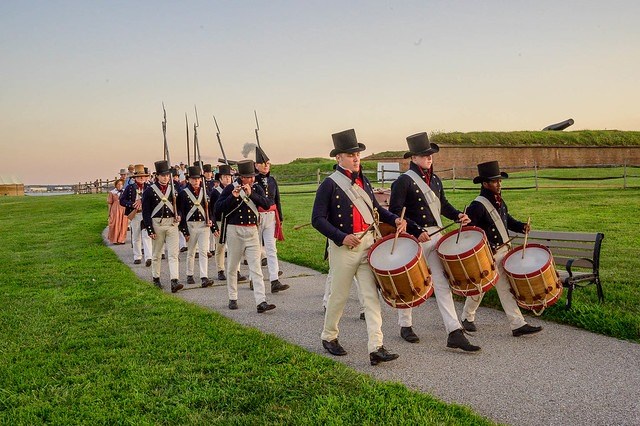
NPS The Sea Fencibles were organized after the passing of an Act of Congress on July 26, 1813. Sea Fencibles were military units commanded by Army officers and posted at a garrison but equipped as naval units. The act specified that the Sea Fencibles would serve in port cities such as Boston, New York, Philadelphia, Norfolk, and Baltimore. 
NPS Officers received the uniform, pay, and rations of the Army, while the rest of the company, such as boatswains, gunners, and privates, received the 12 dollars per month and rations of the Navy. They usually wore their own clothing but were issued muskets and drilled as soldiers by part of the U.S. Army. Many of the men were civilian sailors looking for work due to the decrease in the shipping trade caused by the British blockade. The term fencibles meant they were raised for a limited time of service, in this case they were to serve for one year. |
Last updated: September 10, 2020
